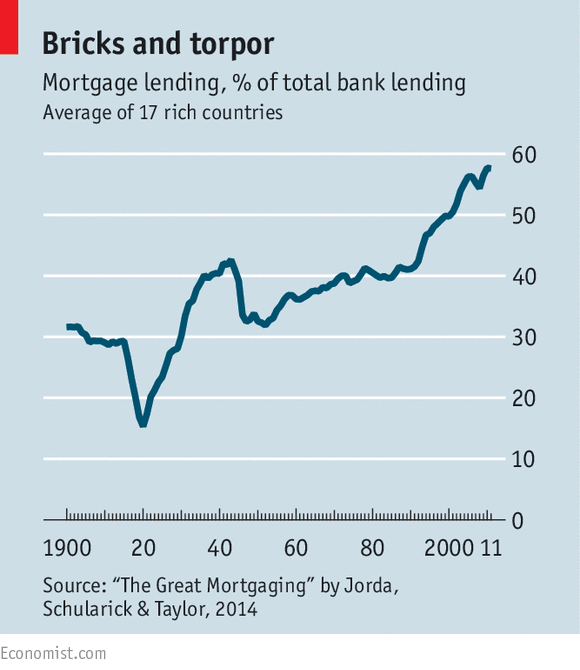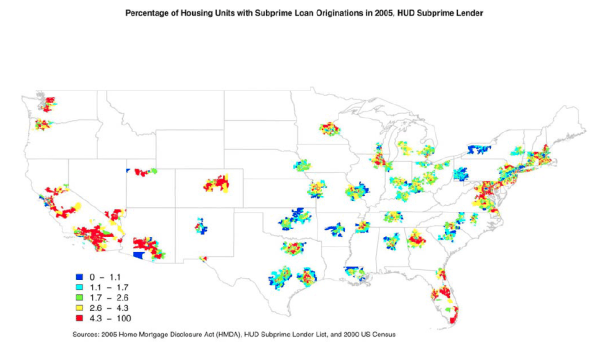Latino Demographic Trends Have Significant Implications for Mortgage Lending
Post on: 25 Апрель, 2015 No Comment

Rogelio Sáenz, Dean of the College of Public Policy at the University of Texas at San Antonio, presented a study on Latino population patterns at the June 2011 Mortgage Lending Industry Strategic Markets and Diversity Conference. According to the U.S. Census Bureau, Hispanic or Latino refers “to a person of Cuban, Mexican, Puerto Rican, South or Central American, or other Spanish culture or origin regardless of race.” Dr. Sáenz points to an increased need to focus on the growing Latino population in the United States.
Arlington, VA (PRWEB) July 25, 2011
Rogelio Sáenz, dean of the College of Public Policy at the University of Texas at San Antonio, presented a study on Latino population patterns at the 6th Annual Mortgage Lending Industry Strategic Markets and Diversity Conference. Dr. Sáenz points to an increased need to focus on the growing Latino population in the United States. Sáenz notes that Latinos represent the “engine of population change” and that the future of healthcare, education, political and housing institutions will be significantly impacted by the changing population in the United States. The acknowledgment of the Latino population and its ability to participate in the housing industry is a focus that Dr. Sáenz feels must be addressed.
“If it were not for the growing Latino population, the United States would not have such dynamic population changes.” Sáenz points to the fact that ,“1 out of every 2 people added to the U.S. population each year is Latino.” According to the U.S. Census Bureau, Hispanic or Latino refers “to a person of Cuban, Mexican, Puerto Rican, South or Central American, or other Spanish culture or origin regardless of race.”
In his Population Reference Bureau report, Sáenz notes that “America’s demographic script is set and will result in a nation made up increasingly of Latinos. Population projections suggest that the Latino population will nearly triple from an estimate of 49.7 million in 2010 to 132.8 million in 2050. It is expected that about two-thirds of the U.S. projected population growth during this 40-year period will be due to the growth in the Latino population. By 2050, Latinos could represent three of every 10 persons in the United States. Latinos will increasingly be part of all societal institutions as both consumers and purveyors of services. Latinos need to be viewed as an asset that provides major benefits for the economy rather than as a liability that drains the economy.”
According to the National Association of Hispanic Real Estate Professionals (NAHREP), “Minorities [Latinos] and immigrants are expected to drive growth in housing demand because of their population size, age and greater propensity to be married with children. Within the next 15 years, they are expected to drive demand for condominiums, smaller starter homes and first trade-up homes. They are also expected to represent a rapidly growing segment of the middle and middle-upper income markets for housing.”

According to the NAHREP report, there are a variety of factors likely to increase Latino homeownership. Hispanics are now the largest minority group in the country and represent a growing portion of the age group involved in most home sales—26 to 46 years of age. More than other population groups, Hispanics can pick up stakes and move to other parts of the country in search of better jobs and more affordable housing.
Part of the challenge is to ensure that the Latino population is not under-served and under-represented in discussions around diversity issues. With the new Consumer Financial Protection Bureau (CFPB), mortgage lenders will need to make sure they are providing fair and equal access to credit to all minority groups. Given Latino population trends, fair lending with regard to treatment of this segment is likely to be an increased area of focus. The HMDA data continue to show significant underwriting or pricing disparities with Hispanic applicants; according to Mike Taliefero, Managing Director of ComplianceTech, a Virginia-based firm that provides software solutions to lenders, agencies and non-profit organizations to monitor fair lending and increase strategic lending to diverse segments.
Rogelio Sáenz is dean of the College of Public Policy and professor in the Department of Demography at the University of Texas at San Antonio. He is also a Fellow of the Carsey Institute at the University of New Hampshire and writes occasionally on demographic trends for the Population Reference Bureau. He has written extensively on topics related to demography, immigration, Latinos, and inequality. Saenz is a co-editor of Latinas/os in the United States: Changing the Face of America and co-author of Latino Issues: A Reference Handbook. He participated in the recent Strategic Markets and Diversity Conference. a sponsor of the Mortgage Lending Industry Strategic Markets and Diversity Conference, is based in Arlington, VA. The company provides specialized lending intelligence services and innovative software solutions to lending institutions, community organizations and government agencies. ComplianceTech’s software products include LendingPatterns™, Fair Lending Magic™, Shamus®: The Fair Lending Risk Manager, the Racestimator™, The Premium Pricing Analyzer, and LMI and Minority Zip Code Opportunity Maps™.
www.ComplianceTech.com or contact Dana Ginsburg at DanaGinsburg(at)ComplianceTech(dot)com.














